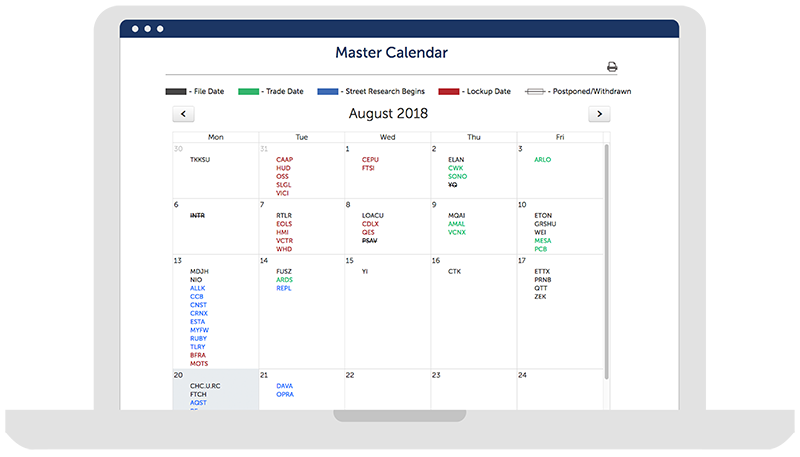After an IPO with great fanfare, Lyft (LYFT) began trading under its $72 offer price, and well below its $87 open on Friday.
If Lyft drops further, it is possible that tech activity declines with it. We saw that happen after disastrous early trading from high-profile tech deals Facebook in 2012 and Snap and Blue Apron in 2017.
For now, though, we do not expect Lyft’s poor initial trading to have a huge impact on tech issuance. This is in part due to the sheer number of smaller unicorns waiting in the wings, whose lower IPO floats can generally lead to bigger first-day pops with stronger follow-through. And some do have both fast growth and profits. For example Zoom Video (ZM), which can launch its roadshow on Monday, grew sales by 118% to $331 million in the past year, with net income of $8 million (2% margin). Additionally, while Lyft's unproven model made it difficult to value, we expect there to be more agreement between investors and bankers about the valuations of many of the smaller unicorns. For example, upcoming enterprise software deals like PagerDuty (PD) have a vast number of comps and a clearer path to profitability.
Lyft’s biggest impact, assuming it eventually stabilizes somewhere near the IPO price, will likely be to temper the valuations that Uber (UBER.RC) and other highly-valued or highly unprofitable unicorns attempt in public markets. That may include Pinterest (PINS), which was last valued at $12 billion in 2017 and can also begin its roadshow as early as Monday.
Lyft’s poor trading may simply reflect the fact that it went public at a relatively high price compared to its last round. After raising the range, Lyft priced at $72, a 52% premium to its Series I in June 2018. Most unicorns are willing to ask for less of a premium.
For a look at over 30 IPOs we expect in the 2Q19, IPO Pro subscribers can download our 2Q19 US IPO Review.


